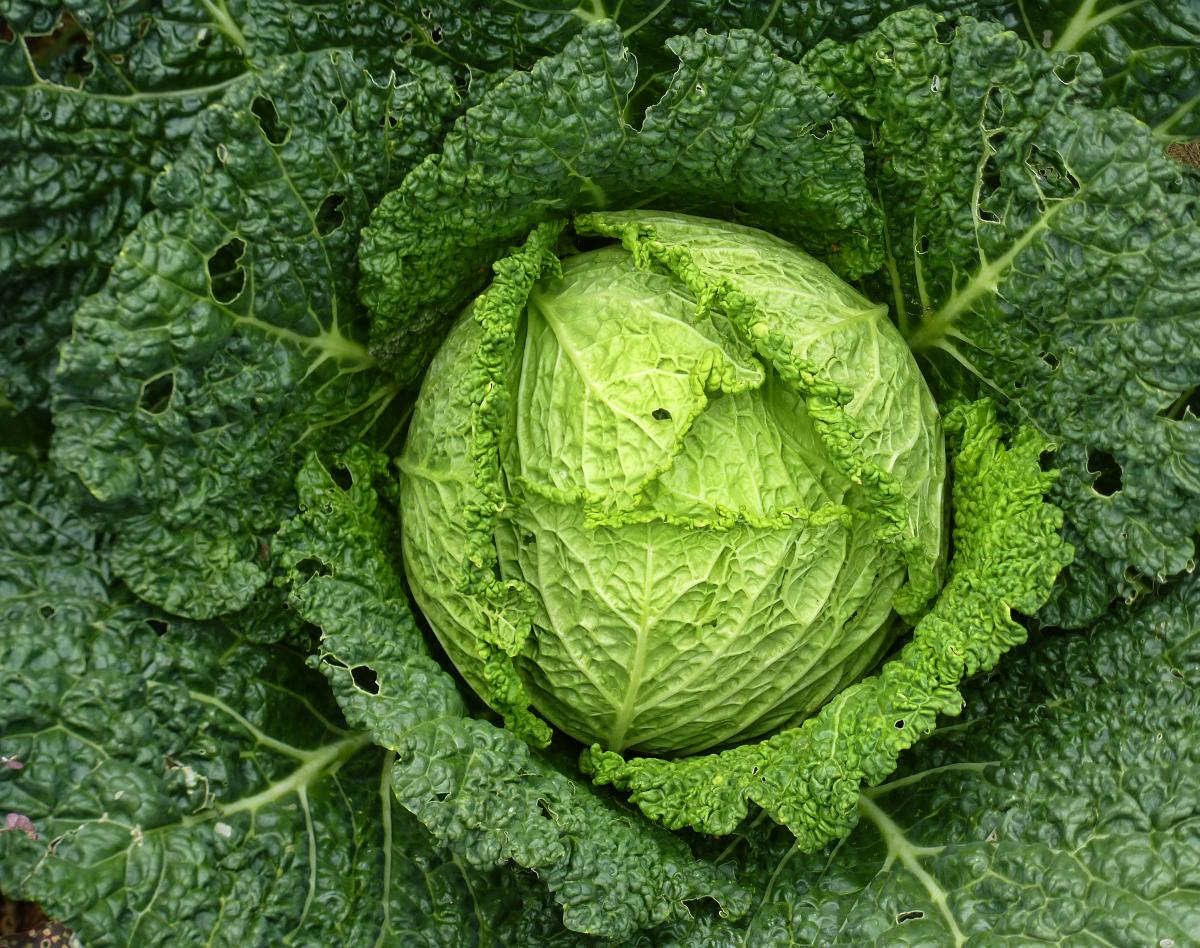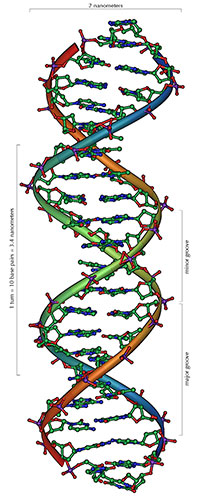From greens to genes: healthy eating and nutrition Inspire article
Getting students excited about eating greens might be hard, but motivating them to learn about nutrition doesn’t have to be.
Many students will have heard the expression “you are what you eat”. But although this phrase is often met by rolling eyes, there is some truth behind it.
In this article you will find helpful resources for teaching about nutrition, a topic that has effects reaching far beyond the classroom. As a teacher, you can help change the attitudes of students and help them to understand the effects of diet, both in the short and long term.
Why are fruit and vegetables good for us?

Flickr
Although most students will know that eating fruits and vegetables is good for them, few students might understand why this is exactly. This article from the UK’s Royal Society of Chemistry is a good place to start. It explains how fruit and vegetables are not only packed with minerals and vitamins, but are also rich in antioxidants, the chemicals thought to play a role in protecting us from many chronic diseases and cancers. For a more in depth look at antioxidants, this Science in School article is great for students aged 16–19. You could carry out the experiment to compare antioxidant levels in various foods, or simply use it as a comprehension exercise and spark discussions about food and health.
Folic acid is one vitamin found in fruits and vegetables, particularly in leafy greens and lentils. Although few textbooks stress the importance of folate, it is an essential component of your students’ diet, now and for a future healthy family. A lack of folic during the first three months of pregnancy can lead to the malformation of the embryo’s central nervous system.
Like folic acid, a lack of iodine can also have devastating impacts during pregnancy. It is associated with a greater incidence of stillbirth, miscarriage and congenital abnormalities and can affect the developing brains of babies, leading to mental retardation. Iodine is also required for the synthesis of thyroid hormones, which regulate growth, development and cell metabolism.

iStockphoto
Tackling the topic of obesity
Although it might be difficult to get young people excited about eating greens, you can motivate them to learn more about the science of healthy eating. This article from our archives describes how one teacher used a cutting-edge science article from Science in School to get her students more involved in their biology lessons. The article addressed the topic of obesity, which occurs when overeating and low levels of physical activity tip the balance in favour of weight gain. By drawing on knowledge from their human biology lessons, the students learnt how the hormone oxyntomodulin, which causes a feeling of ‘fullness’, could be used to tackle the causes of obesity.

Wikimedia Commons
Overeating and lack of exercise is just one part of the problem though: genes also play a role. Studies on twins have shown that obesity could be as much as 70% genetic and researchers have discovered a number of alleles that seem to be associated with obesity. This article from Science in School reveals whether people who carry these ‘fat genes’ are destined to be obese, or whether they can escape their fate. It also explores how researchers can develop better treatments and strategies for controlling food intake in people genetically predisposed to obesity.
Foods that affect our genes
So we know that genes can affect our health, but did you know that what you eat also affects your genes? Epigenetics describes the cellular processes that determine whether a certain gene will be transcribed and translated into its corresponding protein. Our diet can influence tiny changes in our genome, which underlie several diseases including cancer and obesity. Broccoli, soybeans, tomatoes, garlic and apples all contain active ingredients that have the potential to cause epigenetic changes in humans.
For a more unusual example of the link between nutrition and epigenetics, take a look at these beetles. In a number of animals, nutrition (and not genetic differences) controls the appearance of certain physical traits. If the beetles eat nutrient rich food as larvae, they develop long horns. These males are also aggressive and fight for access to mates, unlike the hornless males who mate by stealth.
Nutrition is about more than just educating students to eat their 5-a-day. We hope these articles have given you some inspiration to instead arm your students with the information they need to make their own decisions about their health, whilst incorporating some new and exciting research along the way.





